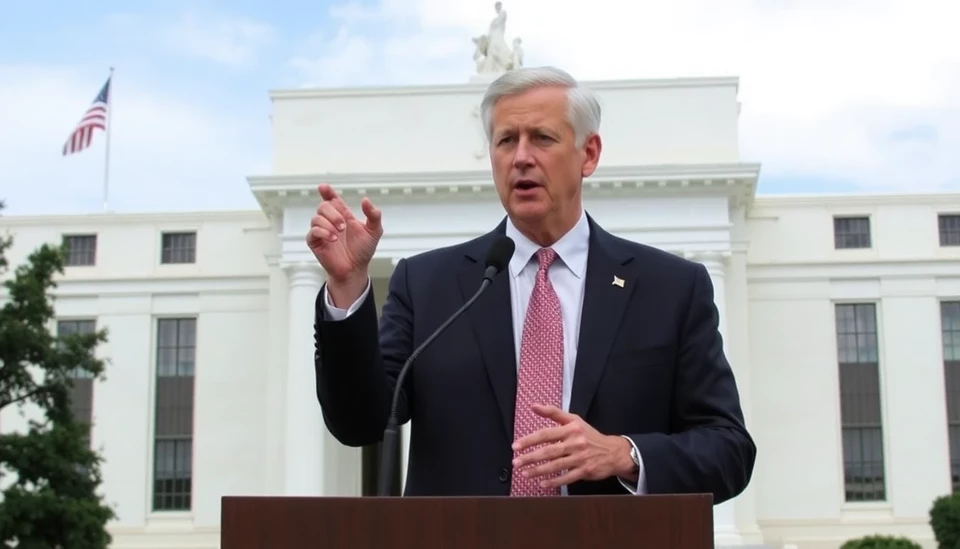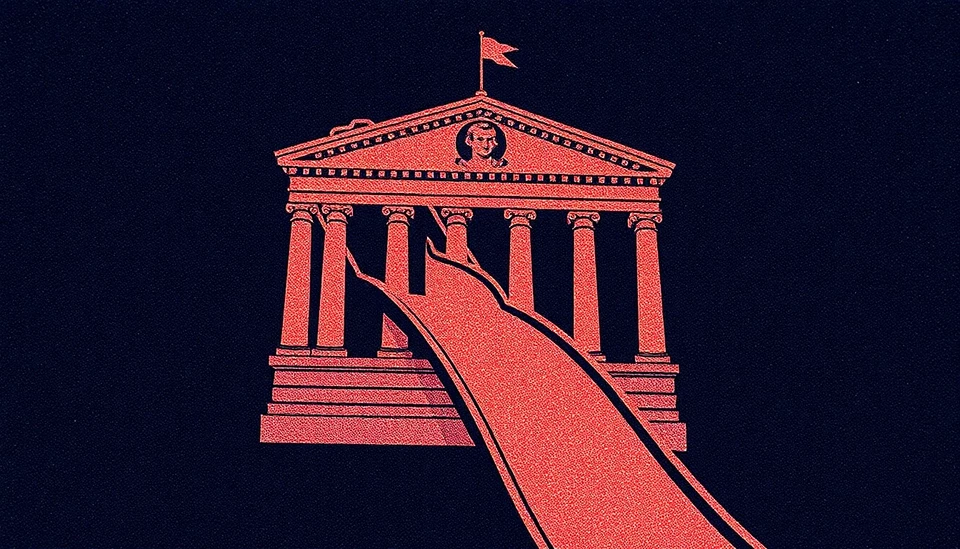
Despite a slight easing in recent months, U.S. inflation remains a significant challenge, prompting the Federal Reserve to adopt a careful approach regarding monetary policy. Economic analysts have noted that while price increases have moderated from their peaks earlier this year, core inflation measures continue to be elevated, leading many to speculate that the central bank will refrain from aggressive interest rate hikes in the near term.
The Consumer Price Index (CPI) data released recently indicates that inflation rates are stabilizing but are still above the Federal Reserve's target of 2%. The core CPI, which excludes volatile food and energy prices, stands at levels that suggest ongoing inflationary pressures are at play within the economy. This enduring inflation has resulted in market predictions that the Fed will proceed slowly, weighing the impacts of previous rate hikes before making any additional moves.
Fed Chair Jerome Powell and other central bank officials have stressed the importance of a cautious approach, emphasizing that they intend to remain data-dependent. The ongoing assessment of inflation trends and labor market conditions will guide their future decisions. Despite significant rate increases this year aimed at controlling rising prices, a high level of uncertainty continues to linger around the potential for a recession and how it might affect economic recovery.
In recent hours, bond markets have reacted to these inflation insights by adjusting yields, reflecting apprehensions about sustained inflation and its implications for borrowing costs. Investors are keenly aware of the trajectory of interest rates, particularly as they relate to mortgage rates and consumer credit, which have seen fluctuations in response to the Fed's policy direction.
Economic growth figures released recently show signs of resilience, but analysts caution that if inflation does not continue its downward trend, that resilience might be tested. Observers suggest the potential for a prolonged period of elevated interest rates as the Fed aims to strike a balance between fostering economic growth and maintaining price stability.
As the Fed navigates these challenges, markets are bracing for potentially protracted uncertainty. Investors are closely monitoring the economic data releases, including upcoming reports on retail sales, consumer sentiment, and labor market strength, which will be critical for assessing the inflation outlook. Any signs of persistent inflation could reinforce the Fed's resolve to keep rates elevated for longer.
In conclusion, while some positive signals have emerged from the economic landscape, the battle against inflation is far from over, and the Fed's strategy reflects a cautious optimism coupled with vigilant monitoring of market conditions. As inflation remains stubborn, the central bank's measured approach is poised to stay in place as officials continue to seek a path forward that ensures economic stability.
#Inflation #FederalReserve #Economy #MonetaryPolicy #InterestRates #MarketTrends
Author: Rachel Greene




